Fluffy, golden, and draped in butter and maple syrup, buttermilk pancakes are more than breakfast they are an American ritual. From bustling diners to quiet family kitchens, the smell of pancakes cooking evokes warmth, comfort, and a sense of togetherness that spans generations. Though simple in ingredients, these pancakes carry centuries of history and a
Fluffy, golden, and draped in butter and maple syrup, buttermilk pancakes are more than breakfast they are an American ritual. From bustling diners to quiet family kitchens, the smell of pancakes cooking evokes warmth, comfort, and a sense of togetherness that spans generations. Though simple in ingredients, these pancakes carry centuries of history and a story of how a humble morning meal became a cultural symbol. Pancakes are ancient virtually every culture has some version of batter fried on a hot surface but the American buttermilk pancake traces its roots to early European settlers. Settlers brought wheat flour, milk, and eggs, adapting recipes to what was available in the New World. Buttermilk, a byproduct of butter-making, became a key ingredient: its acidity reacts with baking soda to create a light, fluffy texture that became a defining feature of the American pancake. By the 19th century, pancakes were a staple in frontier kitchens. Cast-iron griddles over open hearths produced golden rounds, cooked quickly and served to fuel families through long days of farm work. Breakfast was not just a meal; it was a moment of gathering, preparation, and sustenance a role pancakes fulfilled perfectly.
The Rise of Pancakes as a National Favorite
Pancakes’ popularity soared in the 20th century, particularly with the rise of diners and the invention of ready-made pancake mixes. By the 1930s, brands like Aunt Jemima made it possible for any household to whip up pancakes quickly without mastering the art of scratch batter. Pancakes also became synonymous with leisure and celebration: Sunday mornings, holidays, and community breakfasts often featured stacked, syrupy piles. Over time, pancakes evolved into a canvas for creativity. Blueberries, chocolate chips, bananas, and even whipped cream made their way between the layers, while pancakes remained a universal comfort food across socioeconomic lines. In pop culture, pancakes symbolize warmth and hospitality, frequently appearing in films and literature as a marker of home, family, and Americana. Pancakes endure because they combine simplicity and indulgence. They are easy enough for a weekday breakfast yet celebratory enough for a weekend brunch. They invite family and friends to gather around the table, pour syrup, and enjoy shared conversation. They remind Americans of childhood mornings, sleepy weekend breakfasts, and the comfort of a homemade meal.

Classic Buttermilk Pancakes Recipe
Ingredients:
- 2 cups all-purpose flour
- 2 tbsp sugar
- 2 tsp baking powder
- 1 tsp baking soda
- ½ tsp salt
- 2 cups buttermilk
- 2 large eggs
- ¼ cup melted butter
- Butter and maple syrup for serving
Instructions:
- Mix dry ingredients: Combine flour, sugar, baking powder, baking soda, and salt in a large bowl.
- Mix wet ingredients: Whisk together buttermilk, eggs, and melted butter.
- Combine: Pour wet mixture into dry ingredients, stirring gently until just combined (batter may be slightly lumpy).
- Cook: Heat a griddle or skillet over medium heat, lightly greased. Pour ¼ cup batter per pancake. Cook until bubbles form on the surface and edges are set, 2–3 minutes. Flip and cook another 2 minutes until golden.
- Serve: Stack pancakes high, add butter, drizzle with maple syrup, and enjoy warm.
Buttermilk pancakes are more than a meal they are a tradition, a comfort, and a celebration of togetherness. Each fluffy round carries the legacy of settlers, the warmth of family kitchens, and the joy of shared mornings. From the first golden bite to the last drizzle of syrup, pancakes remind us that America’s most cherished foods are often those that bring people together, one breakfast at a time.


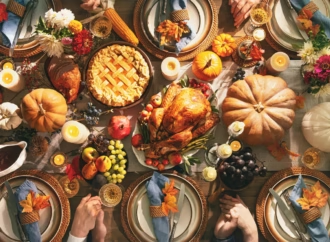
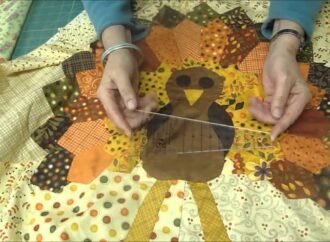
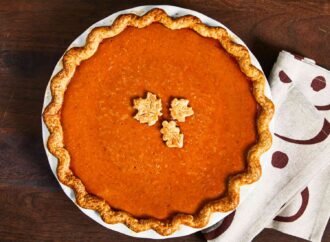
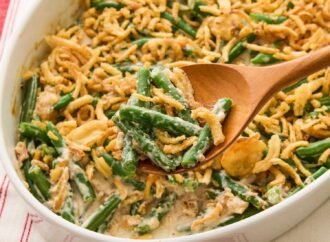

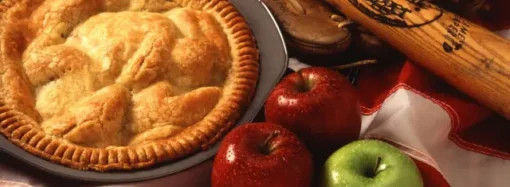

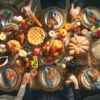
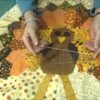

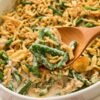




Leave a Comment
Your email address will not be published. Required fields are marked with *